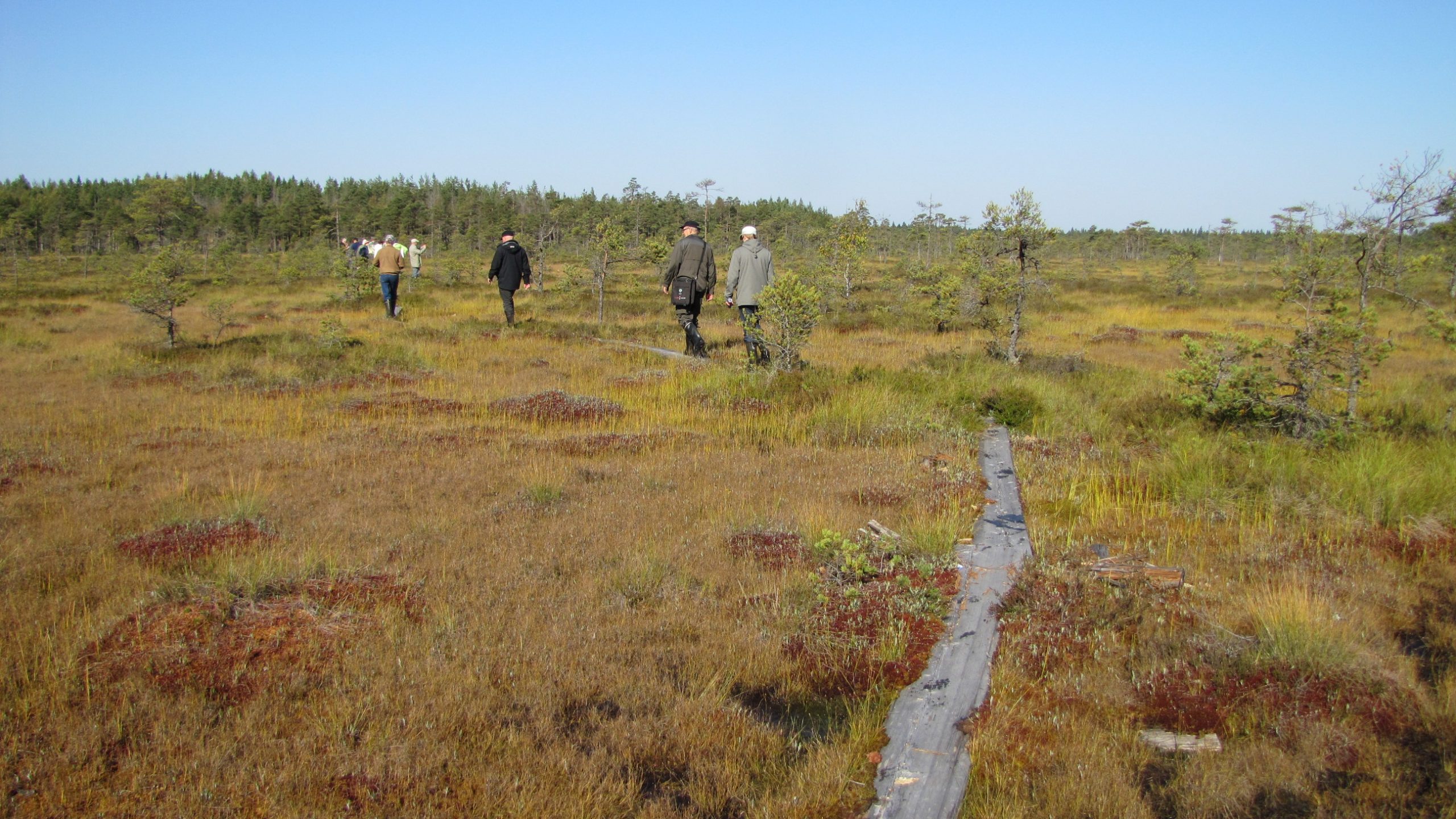The rate at which organic matter accumulates to form ‘peat’ depends on the productivity of the aquatic vegetation that in turn is determined by the nutrient content of the water and, initially, the mineral substrate. Shallow eutrophic lakes experience all stages of the hydrosere more quickly than deep eutrophic lakes or oligotrophic ones, whatever their depth.

Deep oligotrophic lakes may never infill because the productivity of plants growing in and around their margins is low owing to the lack of nutrients in the water, giving rise to a small annual plant biomass that is decomposed after each growing season.
In nutrient rich (meso- and eutrophic) waters plant productivity exceeds decomposition and surplus dead plant material accumulates progressively as peat, gradually reducing the depth of open water until it eventually disappears. This ‘terrestrialisation’ process is manifested initially in shallow waters sheltered from the action of wind and waves but eventually, as organic and mineral sediments accrue, larger expanses of vegetation are maintained above ground water influence for longer periods until the only source of water and external nutrients is rainfall.
During the later successional stages of the hydrosere plant productivity remains high under the influence of occasional inundation by groundwater until the accumulation of peat raises the surface above this level. A transition then takes place to a completely rainwater dominated system under which the surface acidifies as nutrient availability decreases, acidophilous species come to dominate the vegetation and overall plant productivity falls.
In the tropics rheotrophic mires are located along the margins of rivers where flood water reaches in the wet season while ombrotrophic mires occupy vast areas between major rivers, especially in sub-coastal areas forming extensive domed landscapes.
